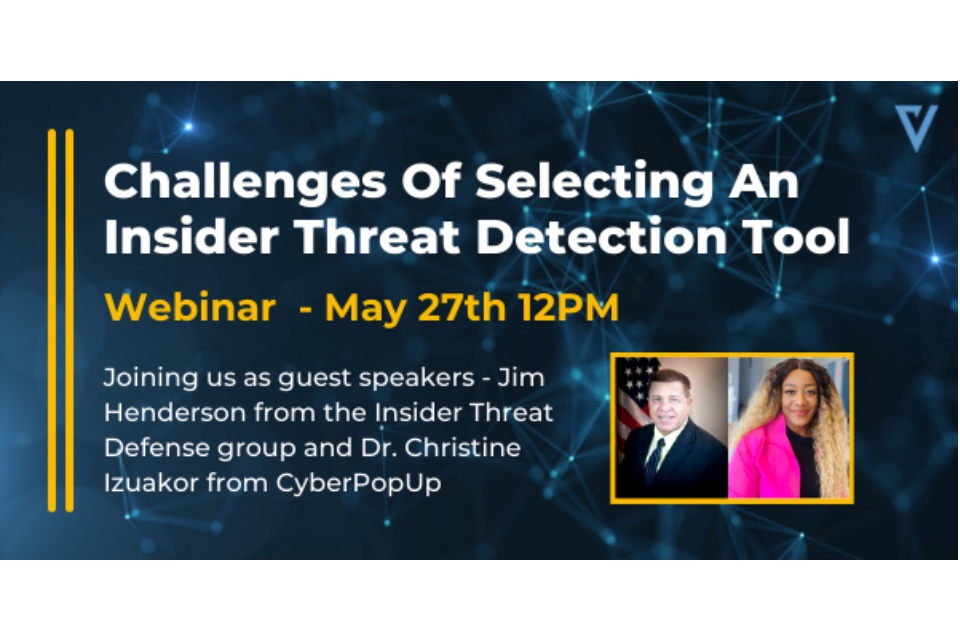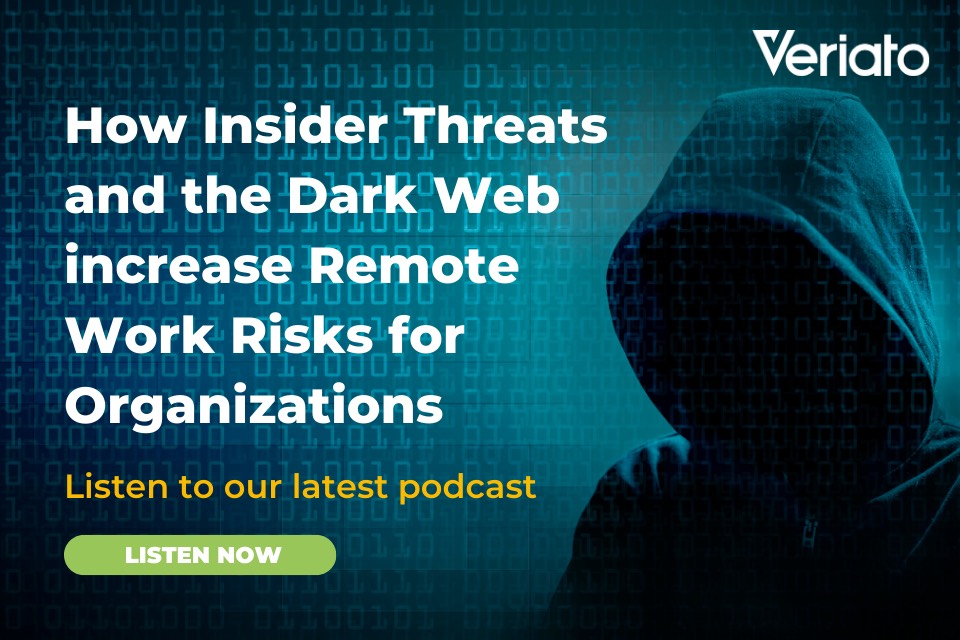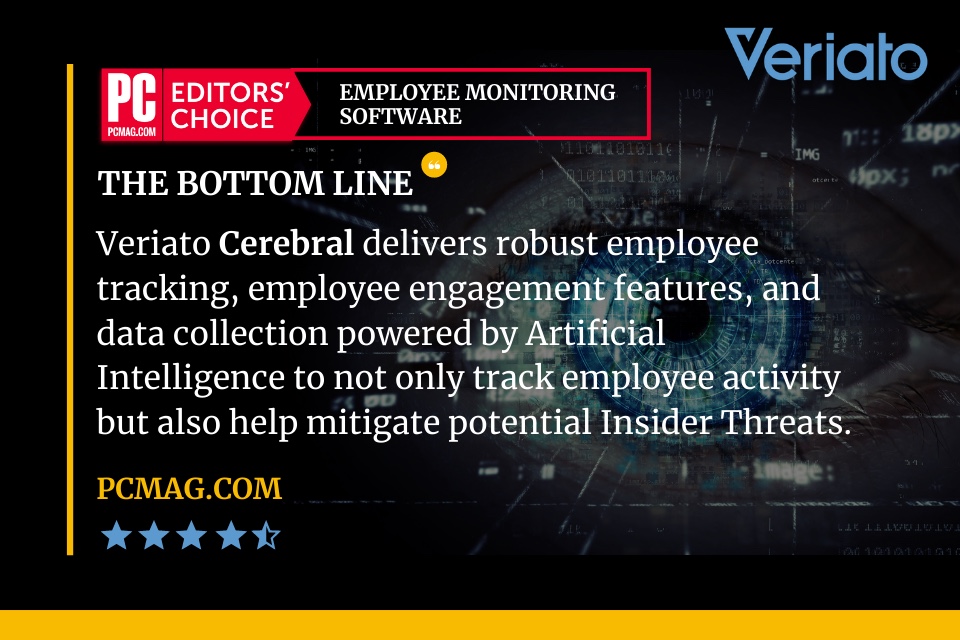WEBINAR REWIND: Ransomware Has Evolved, And So Should Your Company
https://cybersecureforum.co.uk/wp-content/uploads/2021/06/Veriato-June-17th.png 960 640 Stuart O'Brien Stuart O'Brien https://secure.gravatar.com/avatar/81af0597d5c9bfe2231f1397b411745a?s=96&d=mm&r=gDon’t worry if you missed last week’s excellent webinar from Veriato – you can now rewatch the entire session online!
Right now, a cybercriminal gang like Prometheus, Maze, Ryuk, or NetWalker could be looking for vulnerabilities in your network to launch a Ransomware attack.
Ransomware is typically initiated via phishing or social engineering tactics, these attacks often take advantage of human error for the successful delivery of the malware. These criminal organizations are impartial to the size of your organization. They target any company with data, and if you don’t pay the ransom, your information could be posted to a public forum or sold on the Dark Web for profit. Most companies unfortunately are forced to pay due to system failure and file corruption.
The scariest about these methods is that the Ransomware doesn’t need to be developed by the attackers. Ransomware services can now be purchased on the DarkWeb and used at the Cybercriminal’s will (RAAS). As these Ransomware attacks and services evolve, how can companies arm themselves with the right solutions to defend themselves from these ever-growing attacks?
Join Dr. Christine Izuakor (cybersecurity expert) and Jay Godse (head of product dev at Veriato) as they discuss:
- Ransomware 101
- The Colonial Pipeline Breach
- Ransomware As A Service
- Anti-virus is not enough
- Ransomware detection and prevention









